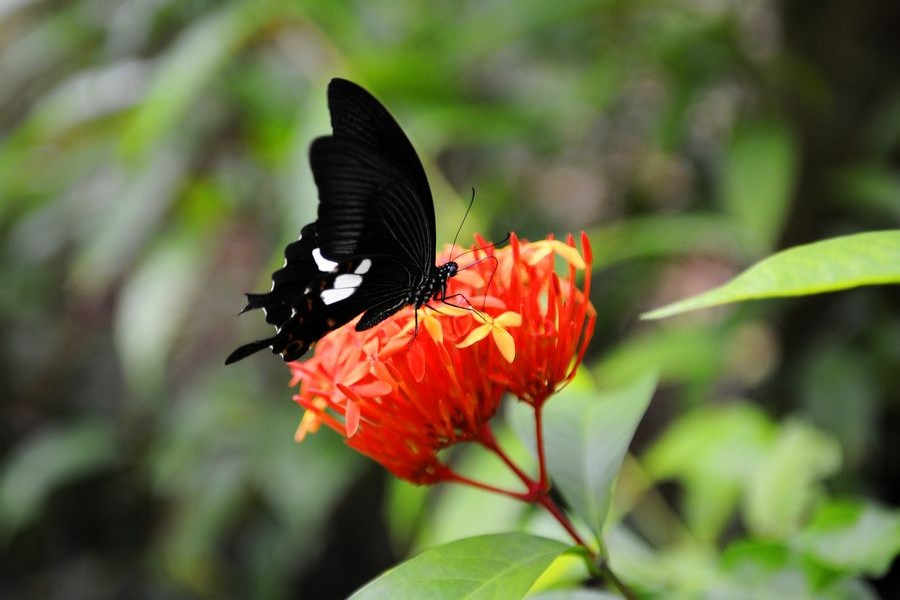Chinese researchers have disclosed that soil water content is improved when the plant species community composition is increased.
Soil water and nutrient resources are fundamental for the healthy development of agroforestry.
The researchers from the Xishuangbanna Tropical Botanical Garden under the Chinese Academy of Sciences hoped to examine the effects of the species composition of trees, shrubs and herbs on soil water and nutrients.
They measured the soil water and soil nutrient concentrations including carbon, nitrogen, kalium and calcium at six soil depths in a monoculture rubber plantation, four multi-species rubber agroforestry systems, and a tropical rainforest.
They found that the soil carbon and nitrogen increased as the plant species composition increased. And the soil water content also increased with the increased soil carbon and nitrogen.
However, the effects of plant species composition on the soil water content gradually changed from positive to negative, especially under the effects of herb species, which could accelerate soil water drainage and hence shorten the soil water residence time.
Thus the researchers concluded that the faster water infiltration and potentially higher flow of soil water in complex plant communities increased the risk and magnitude of mineral nutrient leaching.
Meanwhile, the increased plant composition decreased the concentration of soil nutrients, especially soil phosphorous, kalium and calcium.
The research, recently published in the journal Science of the Total Environment, is expected to be helpful for selecting suitable plant species by keeping the management of agriculture and forestry balanced.


